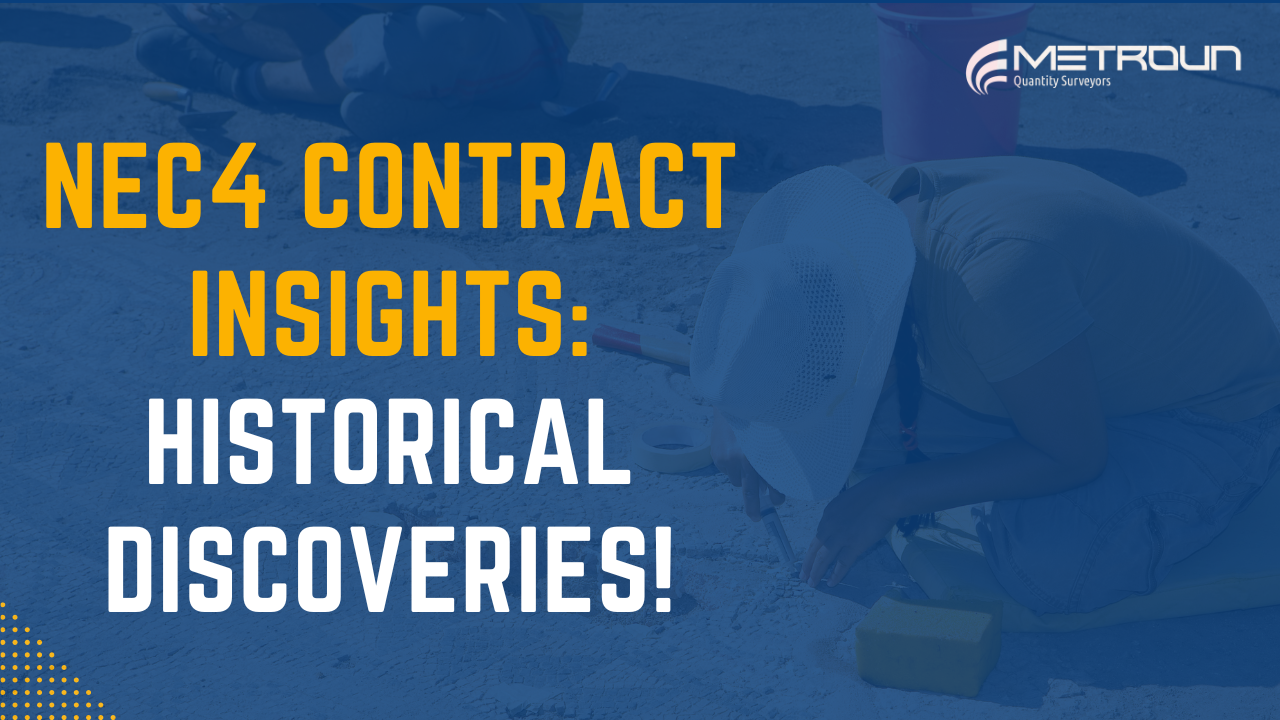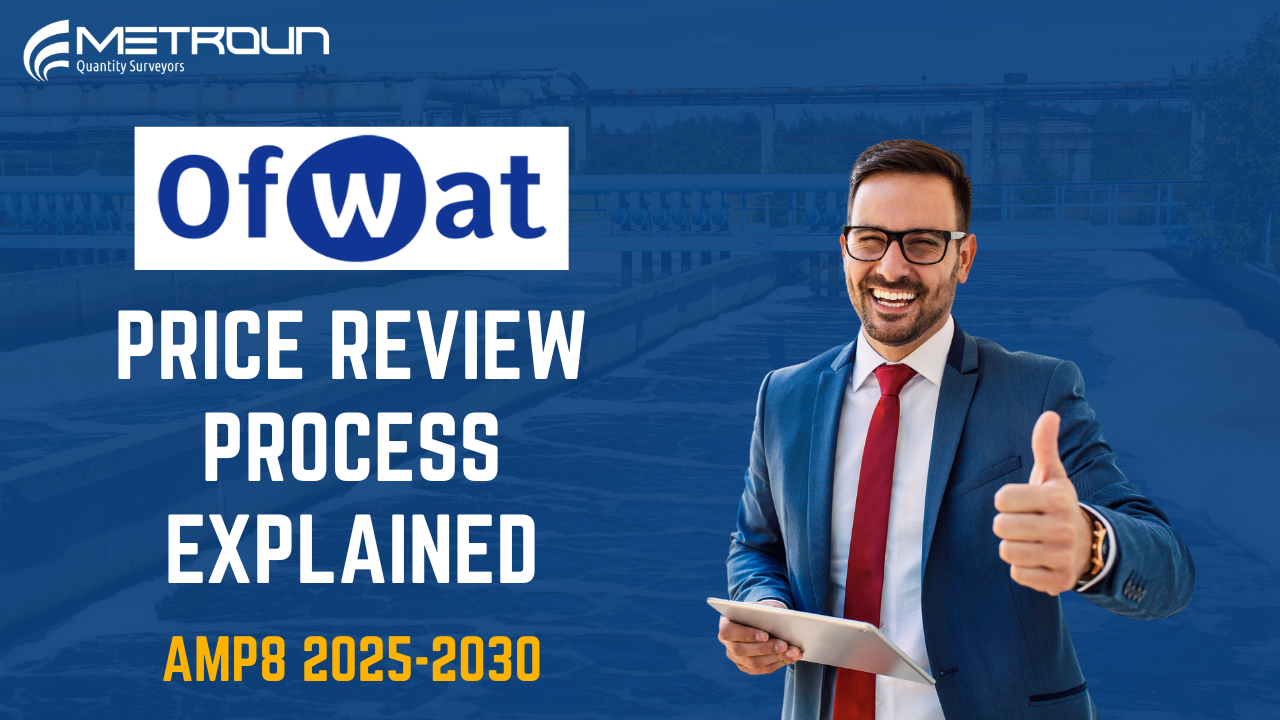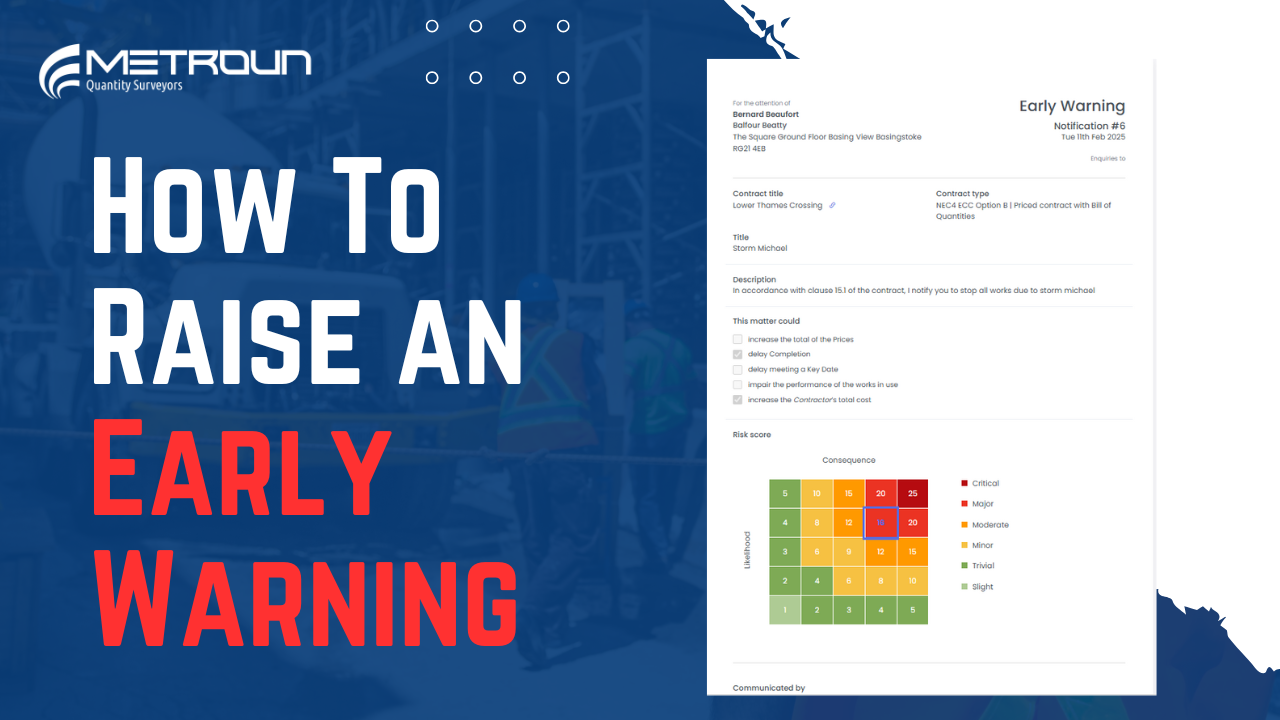In the construction industry’s evolving landscape, sustainability is no longer a buzzword; it’s a responsibility. One of the most significant steps towards creating greener buildings is understanding and minimising their carbon footprint. This is where Whole Life Carbon Assessment comes into play.
For Quantity Surveyors, this emerging area represents both a challenge and an opportunity to lead the charge in sustainable construction practices. But what exactly is a WLC Assessment, and why will Quantity Surveyors be at the forefront of its implementation?
What is Whole Life Carbon Assessment?
Whole Life Carbon Assessment is a comprehensive evaluation of the carbon emissions associated with a building or infrastructure project throughout its entire lifecycle. This includes emissions from:
- Embodied Carbon: The emissions produced during the extraction, manufacture, transportation, and installation of materials used in construction.
- Operational Carbon: Emissions generated by the building’s use, such as heating, cooling, lighting, and maintenance.
- End-of-Life Carbon: The emissions from demolition, disposal, and potential recycling of building materials.
The goal of a WLC Assessment is to identify ways to reduce carbon emissions at every stage of a building’s lifecycle, contributing to global net-zero targets and enhancing the sustainability credentials of construction projects.
Why Quantity Surveyors Are Key Players
Traditionally, QSs have been responsible for cost estimation, value engineering, and procurement. However, their role is expanding as sustainability takes centre stage and here’s why Quantity Surveyors are well-positioned to take on WLC Assessments:
- Expertise in Material Quantification: QSs are already skilled at measuring and pricing materials. This expertise can be seamlessly extended to calculating the embodied carbon of those materials, using carbon databases and lifecycle analysis tools.
- Central Role in Project Teams: As key advisers in the decision-making process, QSs can influence material selection, construction methods, and procurement strategies to minimise carbon footprints while optimising costs.
- Integration with Cost Planning: Combining cost and carbon data allows QSs to offer clients a dual perspective, balancing financial constraints with environmental objectives. This holistic approach is increasingly demanded by forward-thinking clients.
- Compliance and Regulation: Many governments and local authorities are introducing stricter carbon reporting and reduction requirements. QSs equipped with WLC expertise can help clients navigate these regulations and achieve compliance.
How QSs Can Perform Whole Life Carbon Assessments
To take on this expanded role, Quantity Surveyors will need to adopt new tools and methods. Here’s a step-by-step overview of how QSs can conduct WLC Assessments:
- Data Collection: Gather data on materials, construction processes, and operational energy use. Accurate data is critical for reliable carbon calculations.
- Use Carbon Calculation Tools: Employ software tools like One Click LCA, EC3, or bespoke platforms to calculate embodied and operational carbon emissions.
- Scenario Analysis: Evaluate different design and material options to identify the most carbon-efficient solutions.
- Report Findings: Present a comprehensive report that outlines carbon hotspots, mitigation strategies, and trade-offs between cost and carbon.
- Monitor and Verify: Collaborate with project teams during construction and operation to ensure the carbon reduction measures are implemented effectively.
The Benefits of Adopting WLC Assessment
For Quantity Surveyors, embracing WLC Assessment is more than a professional necessity; it’s a chance to lead the industry into a more sustainable future. The benefits include:
- Enhanced Client Value: Offering carbon insights alongside cost advice positions QSs as indispensable advisers.
- Future-Proofing Careers: Sustainability expertise is becoming a prerequisite in the built environment sector.
- Positive Environmental Impact: QSs can directly contribute to reducing the construction industry’s carbon footprint, aligning with global climate goals.
To achieve these benefits, Quantity Surveyors need access to the right tools and training. This is where Metroun Learning comes into play. Visit Metroun.co.uk to explore how you can enhance your expertise and lead the way in sustainable construction.
Conclusion
As the construction industry grapples with the climate crisis, Whole Life Carbon Assessment is set to become a cornerstone of sustainable practice. For Quantity Surveyors, this represents a unique opportunity to expand their skill set, provide greater value to clients, and drive meaningful environmental change. By integrating carbon assessments into their workflows, QSs can help build not just structures, but a more sustainable future.
Introducing Metroun Learning
Metroun Learning is an online education platform, specific to Quantity Surveyors which can satisfy all your formal CPD needs. We offer over 45 hours of formal CPD, with new courses added each month. Although all courses amass to 45 hours of formal CPD, each individual course has been engineered so it can be completed during your lunch break. This can save you time, money & reduce your carbon footprint. Metroun Learning will not only satisfy your formal CPD needs, but you’ll also gain access to:
- The QS Dictionary
- Industry-Ready Templates
- Metroun AI
- And a variety of construction conversion calculators
To join Metroun Learning, simply click here









